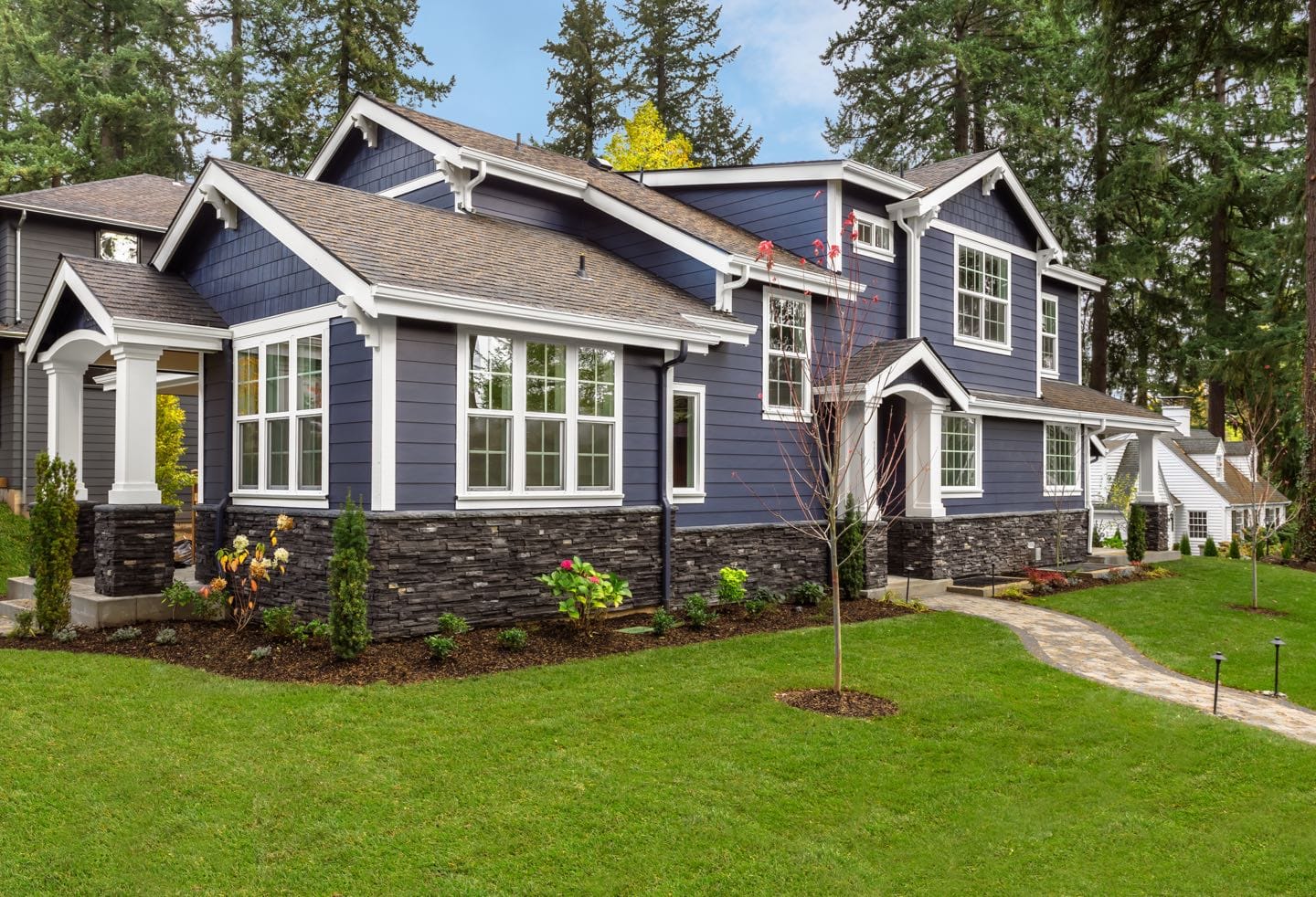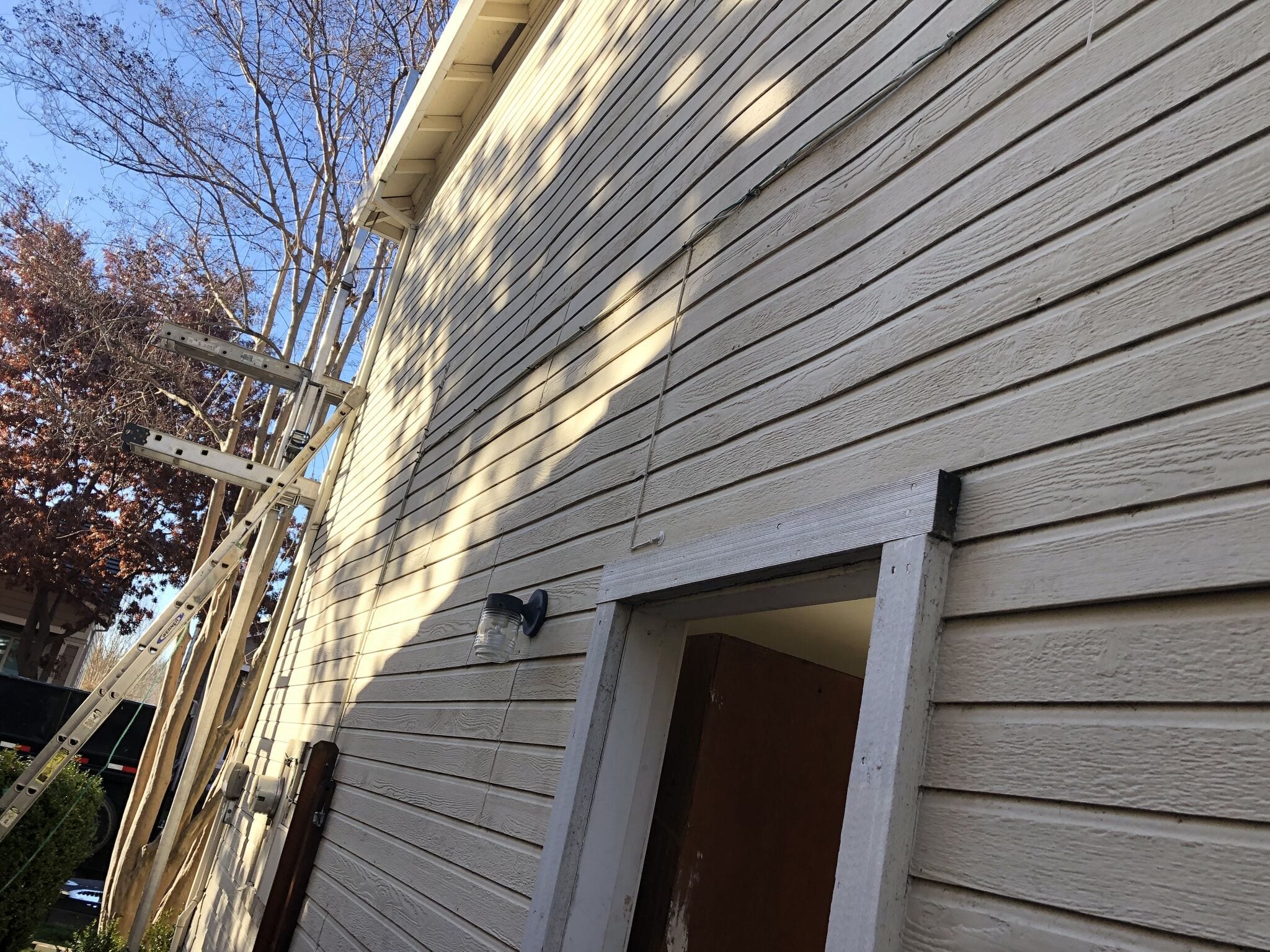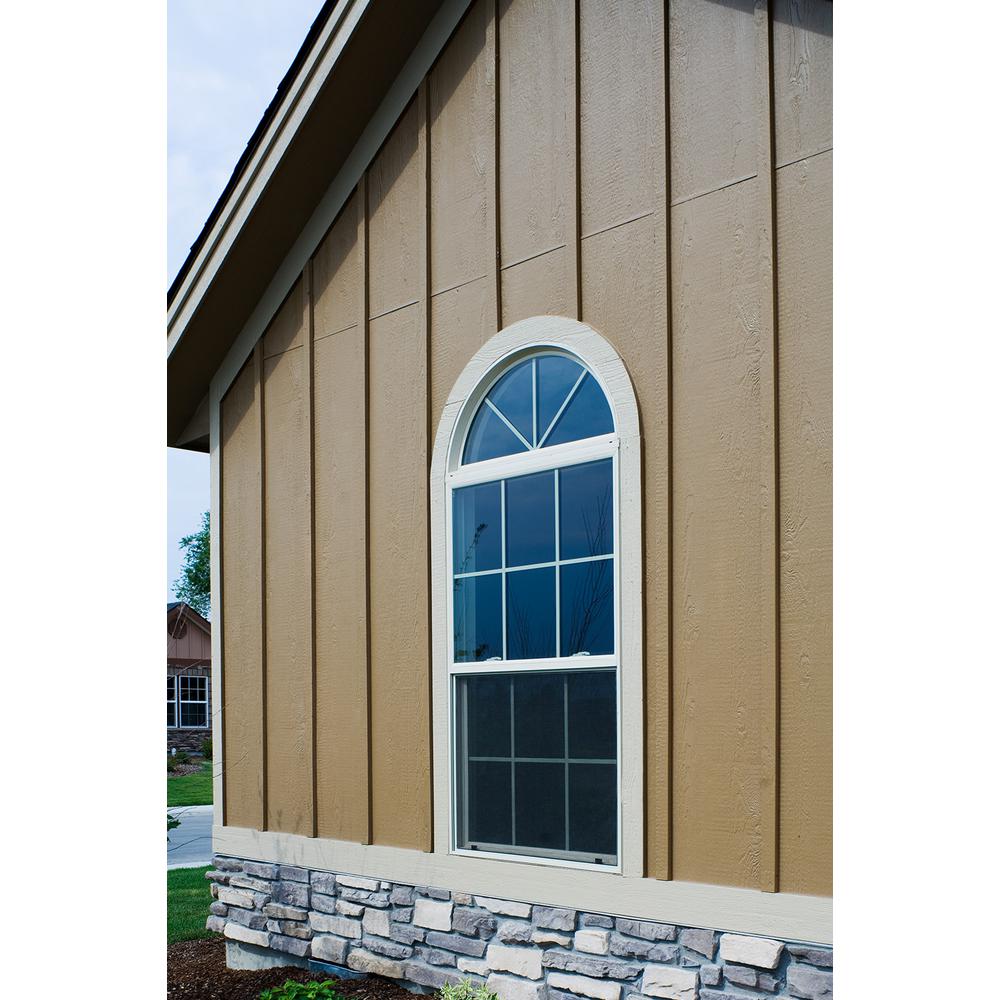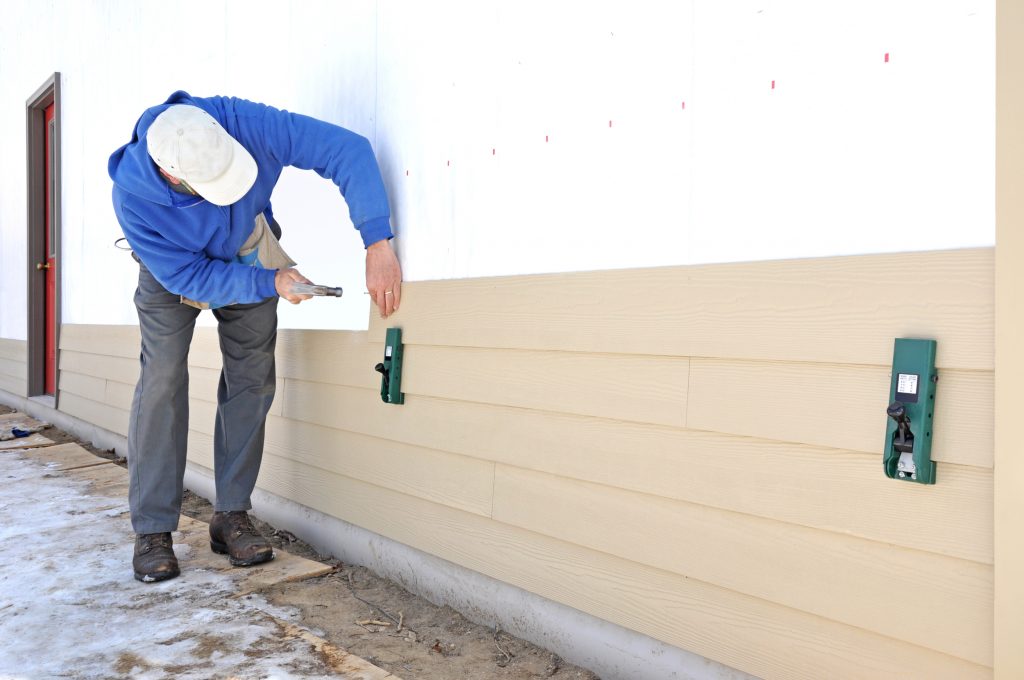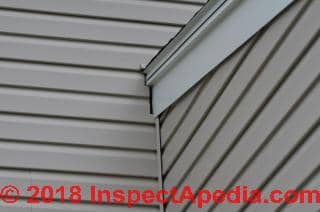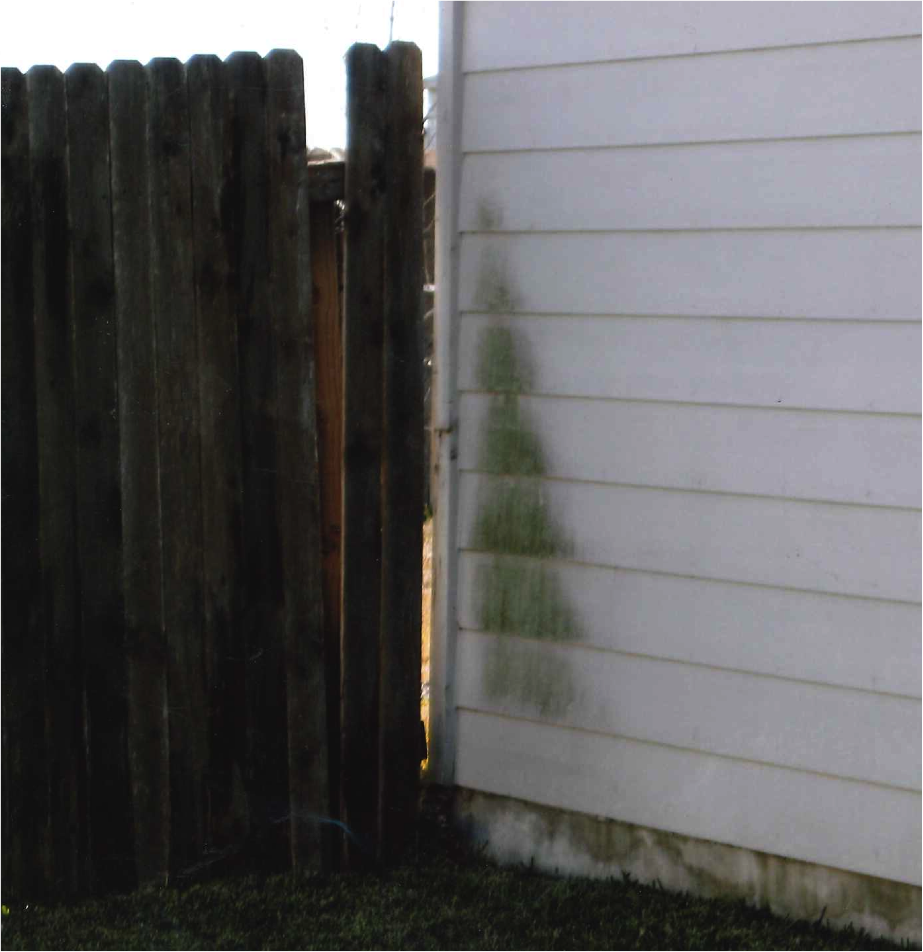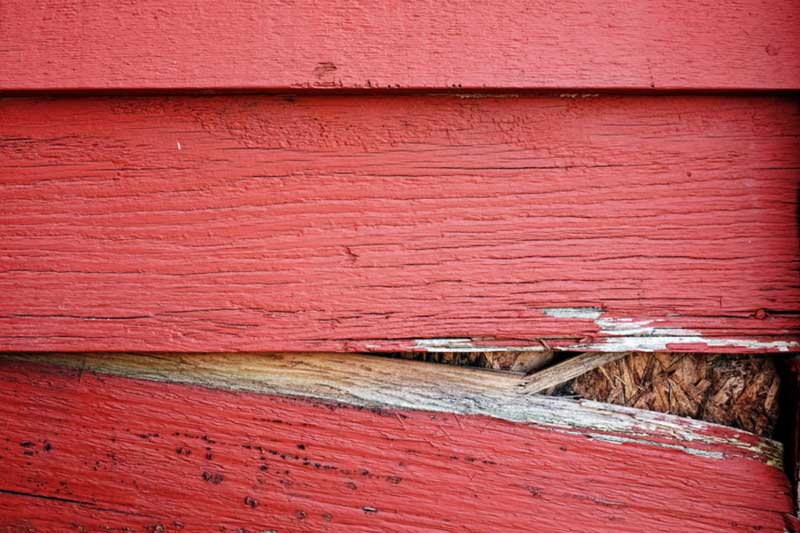If your pressboard siding is not showing severe signs of problems but does have a few indications of water penetration slight discoloration rusted nails etc the process of deterioration can sometimes be slowed by the regular application of paint and or caulk.
Caulking pressboard siding.
The siding expands and contracts with temperature and humidity.
Think of a wood home as a living thing.
While paint does tend to somewhat glue these pieces together caulking them is never advised and can cause permanent damage.
Watch this graphic depiction of the removal and replacement of hardboard siding.
Water is meant to exit through the bottom of each board.
For small holes make the opening in the tube no more than 60 to 70 percent of the width of the hole in the wood.
Next look for more subtle telltale signs of deterioration problems such as discoloration rusted nails.
Brush or roll a layer of exterior primer on the flat portions of the masonite siding and use the tip of a paintbrush to work the primer into seams and crevices.
Pay special attention to siding located near the ground and at junctures where the siding meets other building materials.
3 fit a caulking.
Bottom of siding boards should not be caulked.
Trim the tip of the tube of caulk with a utility knife or razor blade.
It may be possible to perform minor repairs and improve aesthetics by caulking and painting.
Siding caulk can be used on several different areas of your exterior siding to help prevent water damage and moisture buildup.
Some of the most commonly caulked areas of siding include both corners and crevices as well as some butt joints and window and door trim boards.
Also avoid caulking tongue and groove siding boards together.
The thing is over time the chemical treatment in the pressure treated wood dries out and the wood contracts and literally gets a tiny bit smaller since it s not now swollen with moisture.
The caulk was still perfect in the few areas i had caulked along the siding.
It needs to move and breathe.





